AMD launches FidelityFX Super Resolution, its answer to Nvidia DLSS
A free performance boost in supported games, regardless of GPU.
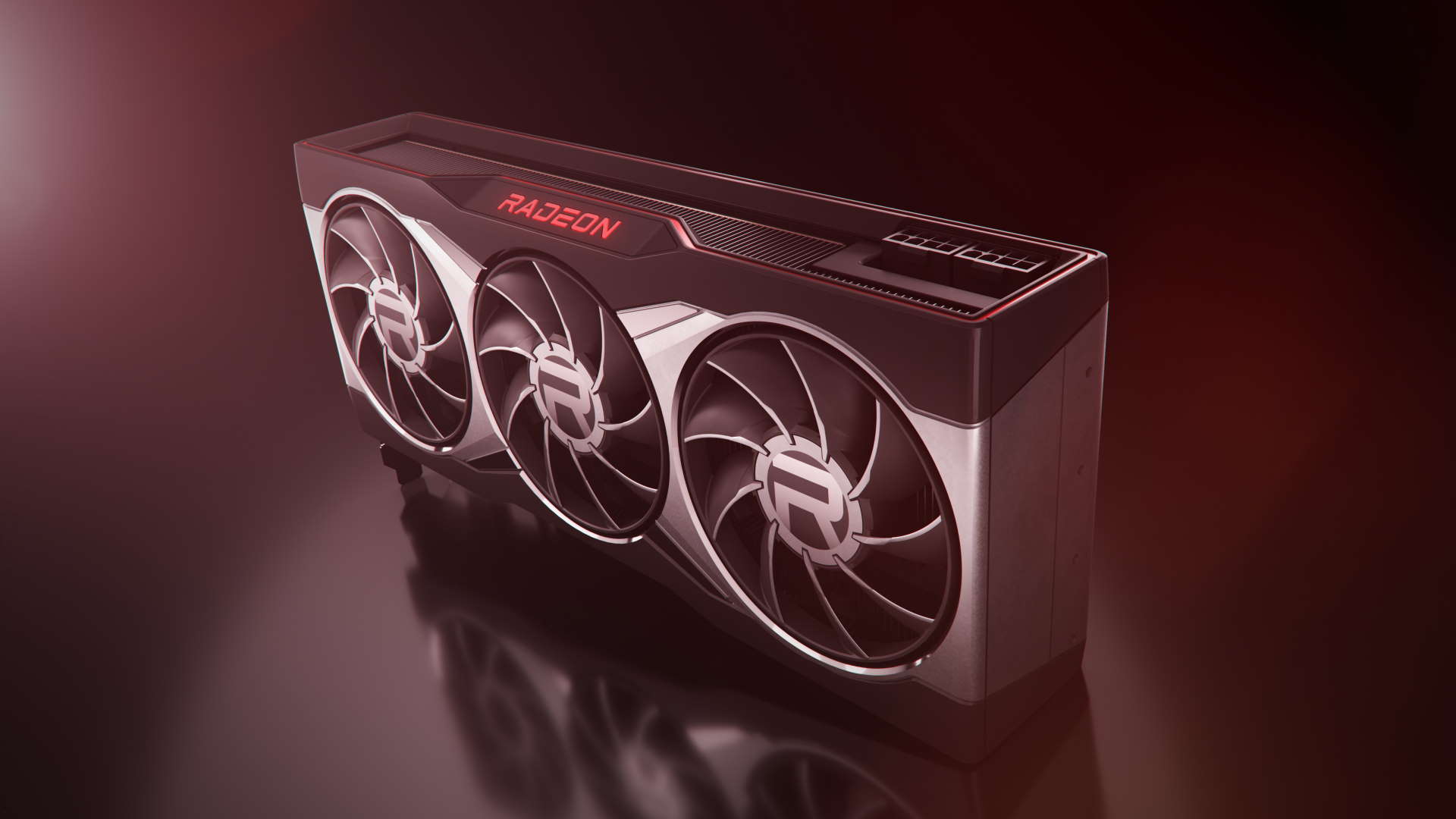
It's AMD FidelityFX Super Resolution (FSR) launch day, and that means AMD has finally unleashed its new upscaling technology on the world of gaming. Using new 'advanced edge reconstruction' and sharpening, the red team is hoping to offer some alternative to Nvidia's Deep Learning Super Sampling (DLSS), but more importantly it's hoping to give older GPU owners a little late-game performance boost.
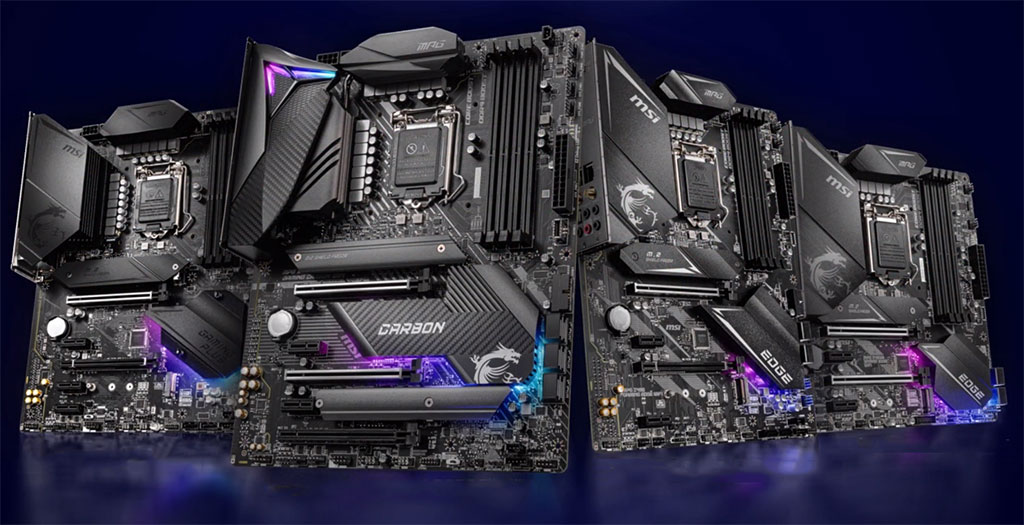
Best gaming motherboard: the best boards around
Best AMD motherboard: your new Ryzen's new home
At its core, FSR is an upscaling technology. It takes a low resolution image, say 1440p, and upscales it to 4K using a fancy algorithm of AMD's own creation.
AMD breaks it down into two stages. First, the game is rendered at a lower resolution, which nets a performance increase in line with what you might expect from having fewer pixels to deal with. After that, FSR upscales the frame back up to 4K using spatial upscaling, and in doing so uses an advanced edge reconstruction algorithm and further sharpening to improve that image's quality.
The result: an image that has the performance hit of 1440p (plus some marginal overhead from FSR, a few percentage points in our own testing) but that looks more the part of a native 4K image than you'd expect.
The devil is in the details, though, and how close it can get to native 4K is the real challenge for AMD. If you want to see how close it actually gets, go check out our full AMD FSR testing, which is also where you can see how it fares against its main competitor today, Nvidia's DLSS.
FSR and DLSS are functionally similar on the surface, but are actually two very different approaches to solving the same problem. The main differentiator, as we've heard from both AMD and Nvidia, is the lack of machine learning or AI with FidelityFX Super Resolution.
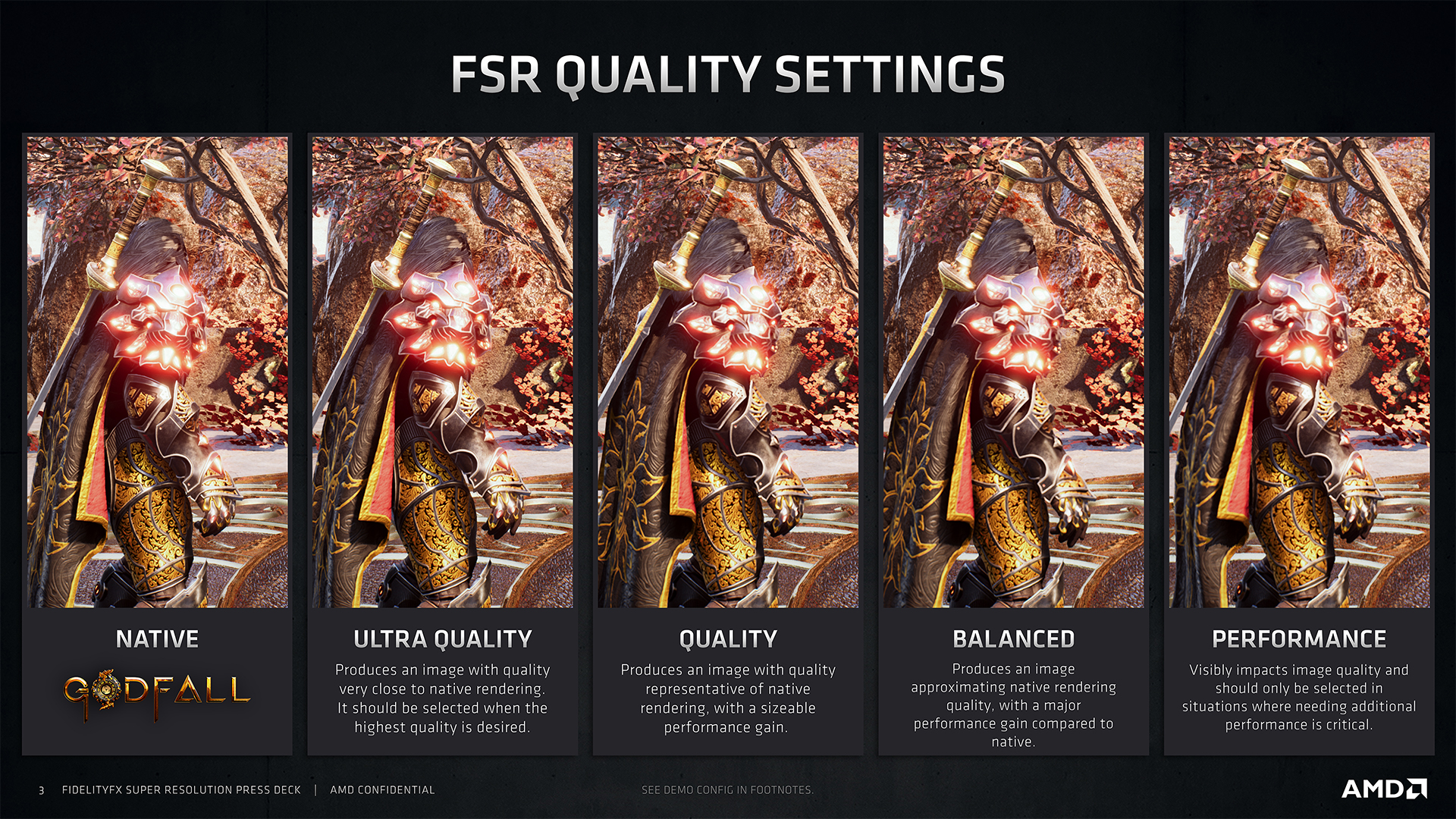
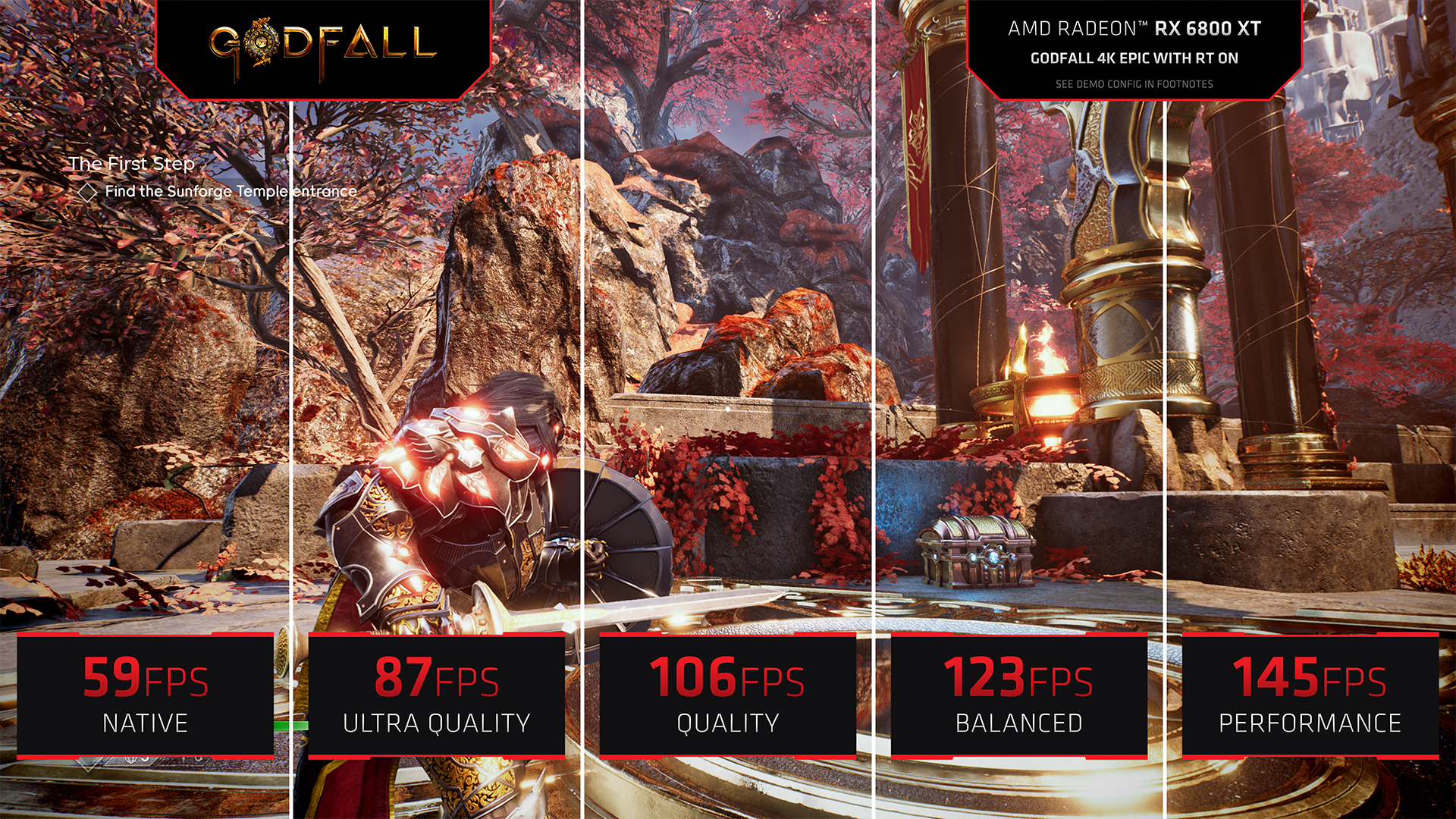
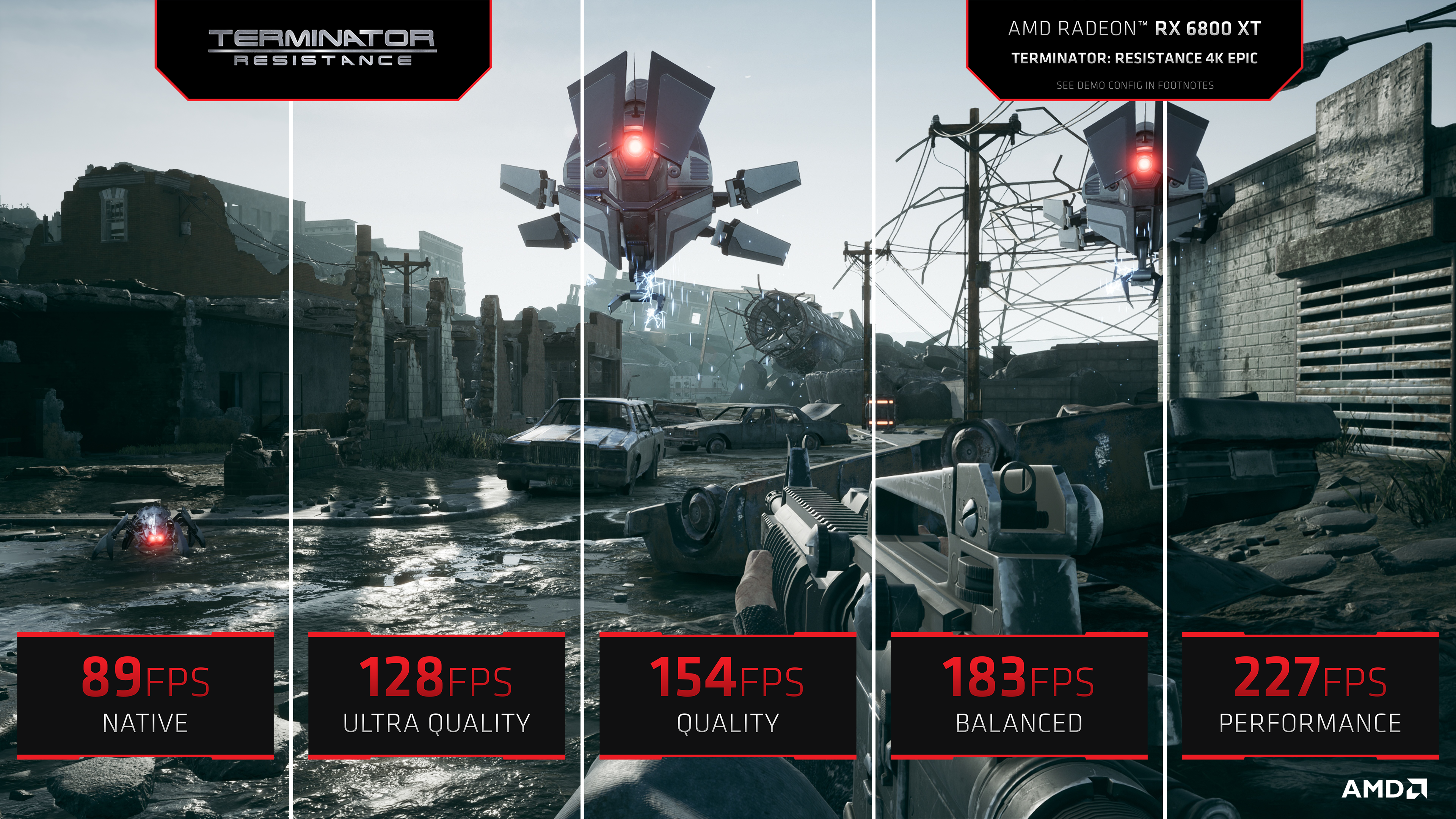
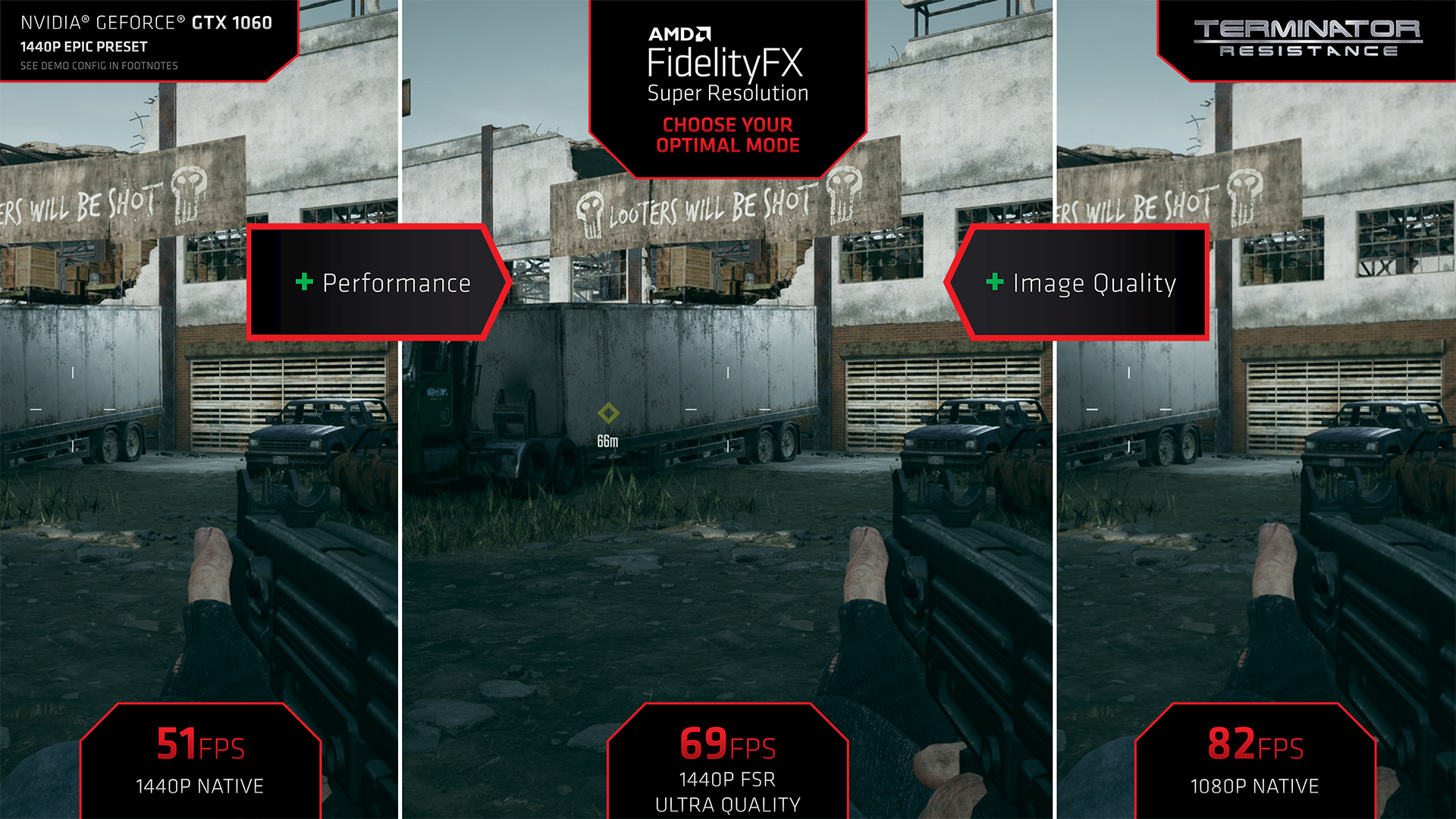
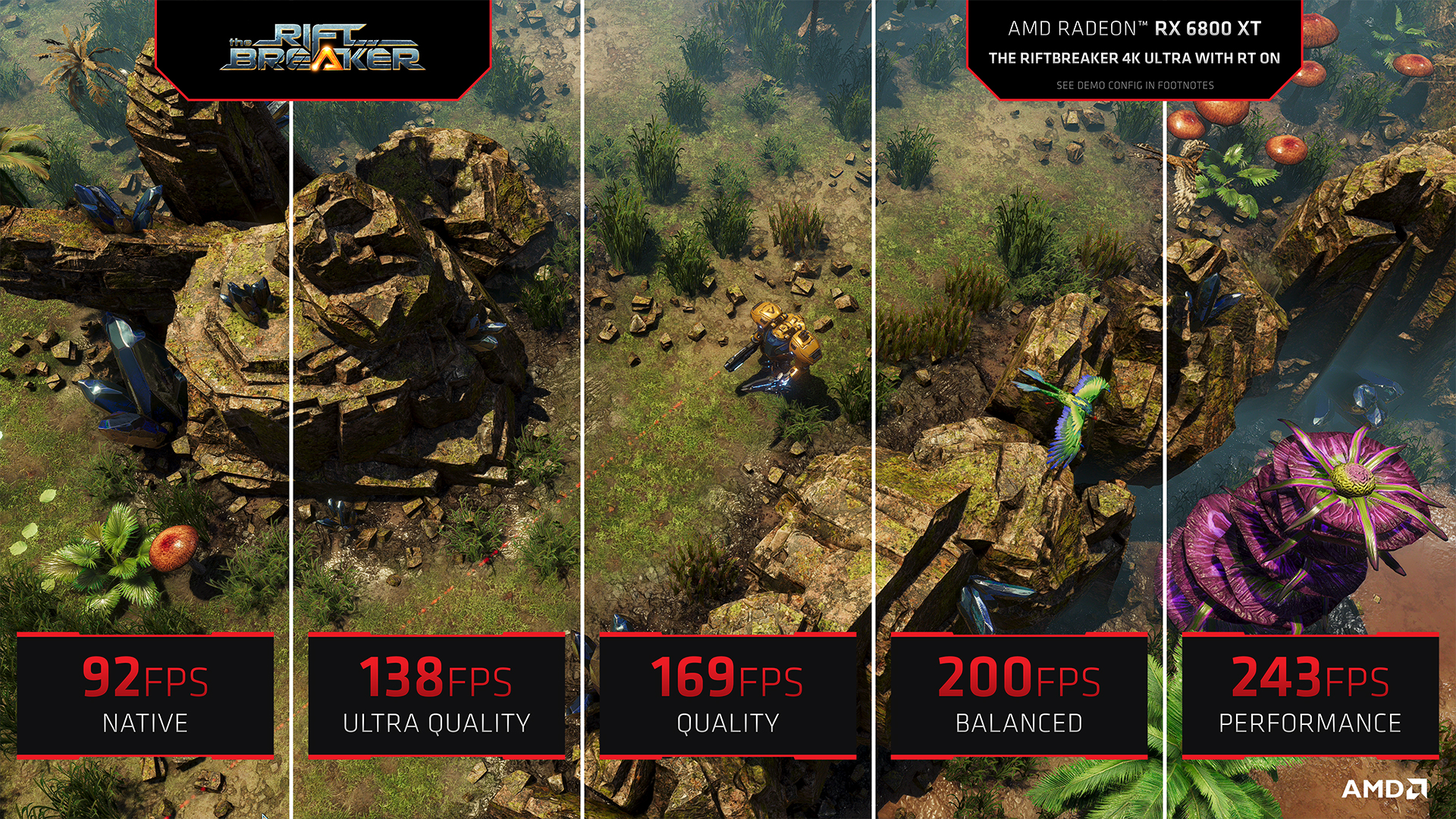
That could prove a blessing or a curse, but right off the bat it has the benefit of allowing AMD to run FSR on a wide range of graphics cards, even Nvidia's. AMD cites that it has tested FSR on all Radeon GPUs from the latest 6000-series (including mobile) down to the RX 480/470/460, and Nvidia RTX 30-series GPUs through the 10-series.
The biggest gaming news, reviews and hardware deals
Keep up to date with the most important stories and the best deals, as picked by the PC Gamer team.
AMD says you could run FSR on a lower-end device, although the overhead, and ratio of FSR cost to total frame cost, could make for diminishing returns. At least it won't be taxing on older CPUs, as AMD says that shouldn't have much impact on FSR performance. What will be something to keep an eye on, though, is bottlenecks elsewhere in your system—if your CPU is limiting your fps, FSR won't do much to improve your performance.
But you can only find out by giving it a go. AMD FSR is coming to just a handful of games at launch—Anno 1800, Evil Genius 2, Godfall, Kingshunt, 22 Racing Series, Terminator: Resistance and The Riftbreaker—in which you can find the on/off switch in the options menu. You can also decide upon a quality preset for FSR from there, which will determine whether the FSR favours maximising frames or fidelity.
Further games will support FSR later in the year, including, AMD says, DOTA 2, Far Cry 6, and Resident Evil Village. That could bode well for future games from those same developers, too

Jacob earned his first byline writing for his own tech blog. From there, he graduated to professionally breaking things as hardware writer at PCGamesN, and would go on to run the team as hardware editor. He joined PC Gamer's top staff as senior hardware editor before becoming managing editor of the hardware team, and you'll now find him reporting on the latest developments in the technology and gaming industries and testing the newest PC components.

